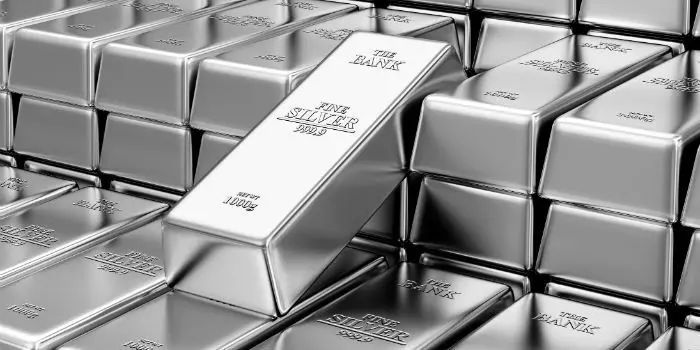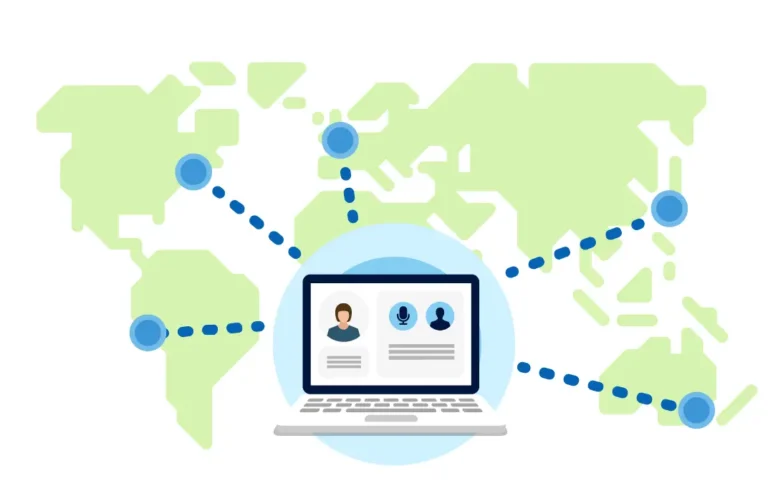Zilver: The Precious Metal That Shines Throughout History
Zilver, the Dutch word for silver, has captivated humanity for millennia with its lustrous beauty and versatile properties. This precious metal has played a significant role in various aspects of human civilization, from currency and jewelry to industrial applications and modern technology. In this comprehensive article, we’ll explore the fascinating world of zilver, delving into its history, properties, uses, and cultural significance.
The Chemical Composition and Properties of Zilver
Zilver, known by its chemical symbol Ag (from the Latin “argentum”), is a soft, white, lustrous transition metal. Its unique properties make it invaluable in numerous applications:
- Atomic number: 47
- Atomic weight: 107.8682 g/mol
- Melting point: 961.78°C (1763.2°F)
- Boiling point: 2162°C (3924°F)
- Density: 10.49 g/cm³
Some key characteristics of zilver include:
- Highest electrical conductivity of any element
- Highest thermal conductivity of any metal
- Highly malleable and ductile
- Excellent reflector of visible light
- Resistant to corrosion
These properties contribute to zilver’s widespread use in various industries and its enduring popularity as a precious metal.
The Rich History of Zilver
Ancient Civilizations and Zilver
Zilver has been known to humanity since ancient times, with evidence of its use dating back to at least 3000 BCE. Ancient civilizations prized zilver for its beauty and rarity:
- Mesopotamia: Used zilver in jewelry and decorative objects
- Ancient Egypt: Considered zilver more valuable than gold
- Greece and Rome: Utilized zilver for coinage and luxury items
Zilver in the Middle Ages and Renaissance
During the medieval period and Renaissance, zilver continued to play a crucial role in economics and art:
- European monetary systems relied heavily on zilver coins
- Silversmithing became a highly respected craft
- Zilver tableware and decorative objects signified wealth and status
The Age of Exploration and Zilver Rush
The discovery of the New World led to a surge in zilver production:
- Spanish conquistadors exploited rich zilver deposits in Mexico and Peru
- The influx of zilver into Europe had significant economic impacts
- The 19th-century zilver rushes in North America further increased global supply
Zilver in Modern Times
Industrial and Technological Applications
In the modern era, zilver has found numerous applications beyond its traditional uses:
- Electronics:
- Electrical contacts and conductors
- Printed circuit boards
- Photovoltaic cells in solar panels
- Medicine:
- Antimicrobial coatings for medical devices
- Silver sulfadiazine creams for burn treatment
- Dental amalgams (though less common now)
- Photography:
- Silver halide compounds in traditional film photography
- Continues to be used in some specialized photographic processes
- Water Purification:
- Silver ions used as a disinfectant in water treatment systems
Zilver in Jewelry and Decorative Arts
Zilver remains a popular choice for jewelry and decorative objects due to its beauty and affordability compared to gold:
- Sterling silver (92.5% zilver, 7.5% other metals) is the standard for jewelry
- Techniques like filigree and repoussé showcase zilver’s malleability
- Antique zilver items are highly collectible
Zilver as an Investment
Many investors consider zilver a valuable addition to their portfolios:
- Seen as a hedge against inflation and economic uncertainty
- Available in various forms: bullion coins, bars, and ETFs
- Industrial demand adds to its investment appeal
The Global Zilver Market
Zilver Production
Understanding the global zilver market requires knowledge of its production:
- Top producing countries: Mexico, Peru, China, Russia, and Poland
- Both primary zilver mines and byproduct production from other metal mining
- Annual global production: approximately 25,000 metric tons (as of 2023)
Demand Drivers
The demand for zilver is influenced by various factors:
- Industrial use (50-60% of demand)
- Jewelry and silverware (20-30%)
- Investment and bullion (10-20%)
- Photography (declining but still significant)
Price Fluctuations
Zilver prices can be volatile due to:
- Changes in industrial demand
- Economic factors affecting precious metal investments
- Supply disruptions or new discoveries
- Currency fluctuations, particularly the US dollar
Environmental and Ethical Considerations
Environmental Impact of Zilver Mining
The extraction and processing of zilver can have significant environmental consequences:
- Habitat destruction and deforestation
- Water pollution from mine tailings and chemical leaching
- Energy-intensive refining processes contributing to carbon emissions
Efforts are being made to mitigate these impacts through:
- Improved mining techniques and regulations
- Recycling and urban mining initiatives
- Development of more environmentally friendly extraction methods
Ethical Sourcing of Zilver
Consumers and industry are increasingly concerned about the ethical implications of zilver production:
- Issues of labor rights and working conditions in mines
- Conflict zilver funding armed groups in some regions
- Initiatives like the Responsible Jewellery Council promoting ethical practices
Caring for Zilver Objects
To maintain the beauty of zilver items, proper care is essential:
- Cleaning:
- Use a soft cloth to polish regularly
- For tarnished items, use specialized zilver cleaners
- Avoid harsh chemicals that can damage the metal
- Storage:
- Store in a cool, dry place to prevent tarnishing
- Use anti-tarnish strips or bags for added protection
- Keep zilver items separate to prevent scratching
- Handling:
- Wear gloves when handling valuable or antique zilver pieces
- Avoid exposing zilver to substances like rubber, which can cause tarnishing
The Cultural Significance of Zilver
Zilver in Folklore and Mythology
Across cultures, zilver has held symbolic significance:
- Associated with the moon in many traditions
- Believed to have protective and purifying properties
- Used in religious rituals and sacred objects
Zilver in Language and Idioms
The importance of zilver is reflected in many languages:
- “Born with a silver spoon in one’s mouth” – indicating privilege
- “Every cloud has a silver lining” – expressing optimism
- “Silver-tongued” – describing eloquence and persuasiveness
The Future of Zilver
As we look to the future, zilver continues to play a vital role in emerging technologies:
Nanotechnology
Zilver nanoparticles show promise in various applications:
- Enhanced antimicrobial properties for medical devices and textiles
- Improved efficiency in electronics and energy storage
- Potential use in targeted drug delivery systems
Sustainable Technologies
Zilver is contributing to the development of sustainable technologies:
- Key component in some next-generation solar cells
- Used in water purification systems for developing countries
- Potential role in more efficient energy storage solutions
Recycling and Urban Mining
As natural resources become scarcer, the recycling of zilver is gaining importance:
- Recovery from electronic waste
- Improved techniques for extracting zilver from industrial byproducts
- Development of a more circular economy for precious metals
Conclusion
zilver continues to be a vital element due to its historical significance and diverse modern applications. Its role in technology, medicine, and culture underscores its enduring value. As we advance, responsible sourcing and sustainable use will shape its future, ensuring that zilver remains a crucial and influential metal in our lives.







